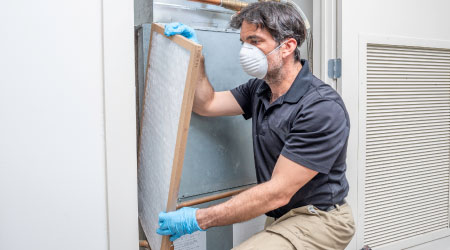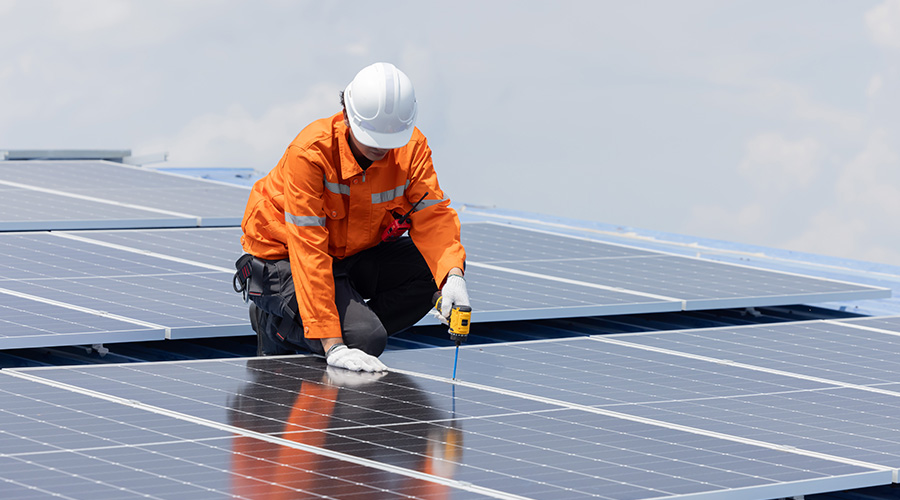Fixes for Common Airside Economizer Operational Problems
According to a PECI study on existing building commissioning, air handlers typically have more performance issues than any other type of equipment. There are many aspects to maintain on an air handler, and this maintenance can easily be overlooked or deferred. The Building Owner and Managers Association's (BOMA's) recently updated preventive maintenance guide, "Preventive Maintenance: Best Practices to Maintain Efficient and Sustainable Buildings," suggests preventive maintenance tasks for air handlers, which include quarterly and semiannual preventive maintenance tasks for maintaining the performance of airside economizer systems. Here are some common maintenance-related issues and periodic tests that can be done to address and avoid performance problems with air-handling units.
- Stuck dampers or broken linkages. Economizer dampers, especially outside air dampers, can seize in place due to entrained debris and humid conditions. This is especially an issue for salty, corrosive marine environments. Also, the linkages, which connect the actuator to the damper, can fail. Cycle your dampers open and closed periodically, and verify that they operate as intended. This often requires one person at the control system's operator workstation, and another person observing damper operation. When the damper is commanded open, does it actually open? Don't just rely on the output signal from the operator workstation as the final word in how a system is actually working.
- Actuators not adjusted for full closure. A slight opening in the "closed" return air dampers during integrated economizer and mechanical cooling mode (100 percent outside air) can significantly reduce the efficiency of the system due to increased mechanical cooling load, because the system is operating at less than 100 percent outside air. The pressure characteristics are typically such that a slight opening in the return air damper translates to a significant amount of airflow. Command your return dampers closed, and verify that they close completely by feeling for leakage. If they're not closed completely, adjust the actuator/linkage connection. When closing the return dampers, be sure the outside air dampers are open, to prevent the plenum walls from collapsing inward.
- Worn blade and jamb seals. Blade and jamb seals help reduce damper leakage when the damper is closed. With no seals, leakage can be as much as 10 percent of rated damper airflow. Inspect your blade and jamb seals for leaks by feeling around the damper blades when they're closed, and if your dampers don't have seals, consider installing them as a way to increase the efficiency of your system through reduced return damper leakage during 100 percent outside air mode.
- Sensors out of calibration. Temperature and enthalpy sensors are prone to drift out of calibration, especially enthalpy sensors. It's important to keep the outside air and return air sensors calibrated, as these are typically the sensors that make the determination for the economizer operating mode. Developing and implementing a sensor calibration program can help keep these sensors calibrated and maintain the overall performance of the system. This is good to do for other HVAC sensors too, especially those used as inputs to control sequences, such as measuring chilled water flow for a chiller staging sequence.
For More Information
>>> on airside economizer fundamentals, methods of control, and test procedures, consult the Functional Testing and Design Guides at www.peci.org/ftguide. Always consider the effects on other systems and include necessary precautions in any test procedures.
|
Related Topics:














